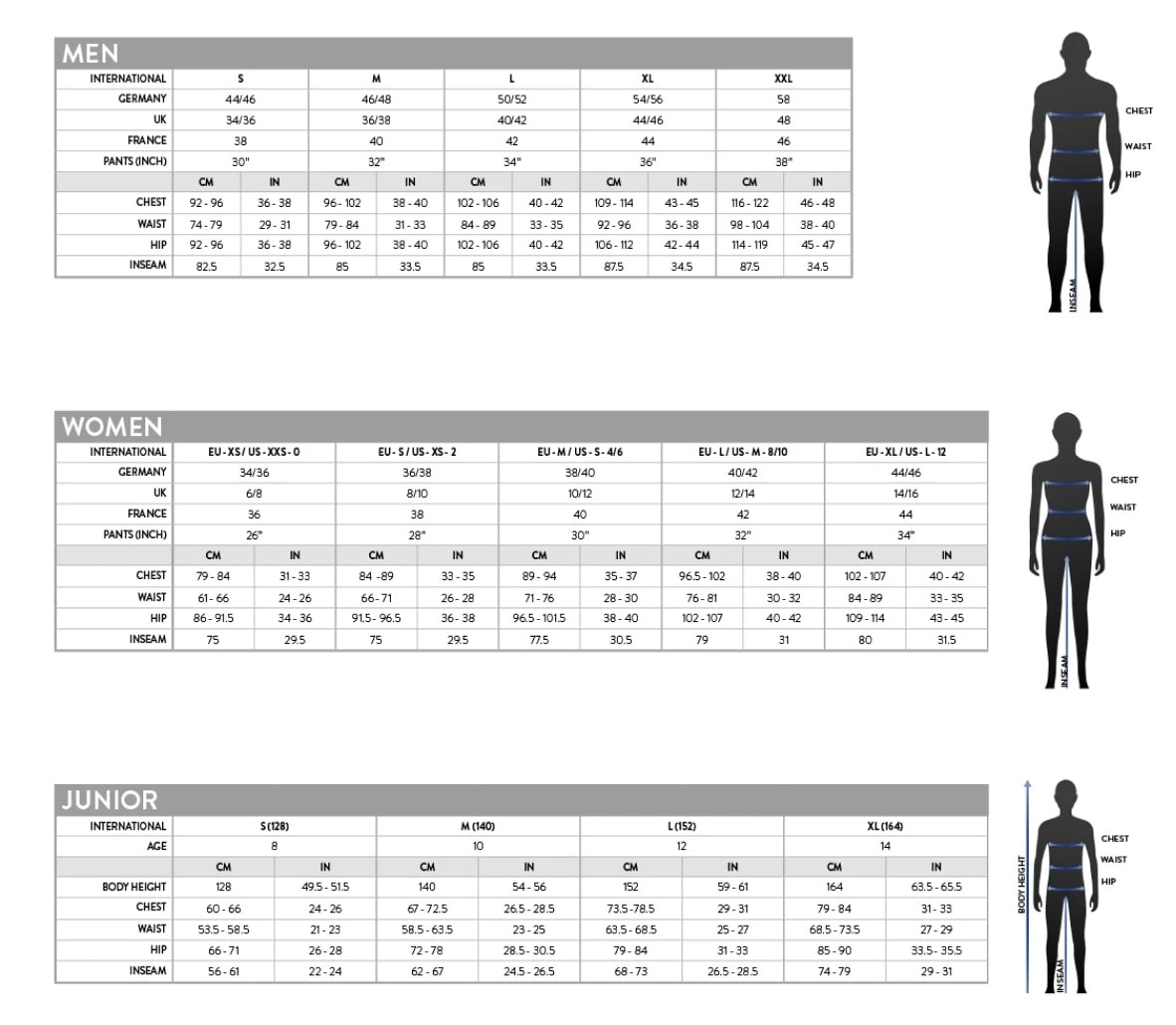AS5034-2005 (R2016) “Installation and use of inert gases for beverage dispensing”
AS5034-2005 (R2016) “Installation and use of inert gases for beverage dispensing”
Firstly, I would like to congratulate the many venues that have taken positive steps to make their properties compliant with AS5034-2005 (R2016). There are many myths about this Standard, so let’s put a few to bed:
1. This is an Australian Standard and was published on the 28 October 2005 and applies to all Australian States and to all venues that use inert gases for beverage dispensing.
2. Full compliance with this Standard may not necessarily fulfil all your legal obligations.
3. This Standard was created to help improve safety in the hospitality industry.
4. The measures outlined in the Standard are no different than already used in many other industries.
5. If inert gases are used or stored in non-naturally ventilated areas, monitors are required to be installed. An Example: If a post-mix machine is installed in an non-naturally ventilated store and the gas cylinders are located outside and beer regulators are located in the Keg room, a Monitor is still required where the post-mix is located.
6. It is NOT compulsory to locate inert gas cylinders outside your building; if possible and safe, it is desirable.
7. No matter which company supplies your gas (Agas, ALA, BOC or Supagas) all the cylinder valves are the same. Cylinders of CO2 (carbon dioxide) and Gas Blends (Aligal 15/17, Cella-mix 55/75 or Supa-mix) all have type 30 valves (AS2473). Customers using cylinders DO NOT need to change their regulators or fittings to change gas companies.
8. All regulators must have pressure relief valves (PRV) fitted after every regulator. High pressure regulators (HP) requires the PRVs to be set at 1000kpa, and the secondary regulator PRVs are to be set at 400kpa or below. All PRVs must be vented to the atmosphere.
9. Before any modification to gas equipment or the installations of monitors, customers should have safety audit performed and be presented with a written assessment of what is required. Once a quotation has been accepted, a work method statement should be provided outlining the work to be performed. These statements shall be maintained for 2 years with all other service reports.
10. All inert gas monitors are to be calibrated and serviced every six months. If customers wish to purchase monitors (life span of: C02 sensors are between 7 & 10 years; 02 sensors are between 2 & 4 years) ensure you sign a service agreement with the company selling you the monitor. Most CO2 monitors being sold to the hospitality industry have single band CO2 sensors, this style of monitor will drift and may no longer have a set point of zero CO2. If left long enough may have a higher set point, thus creating a unsafe working environment.

